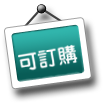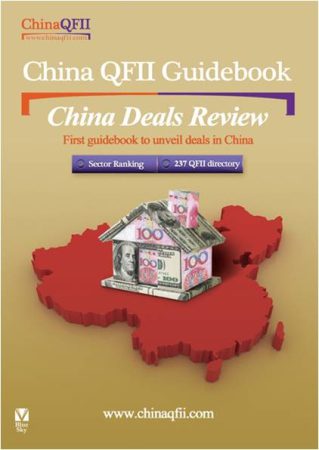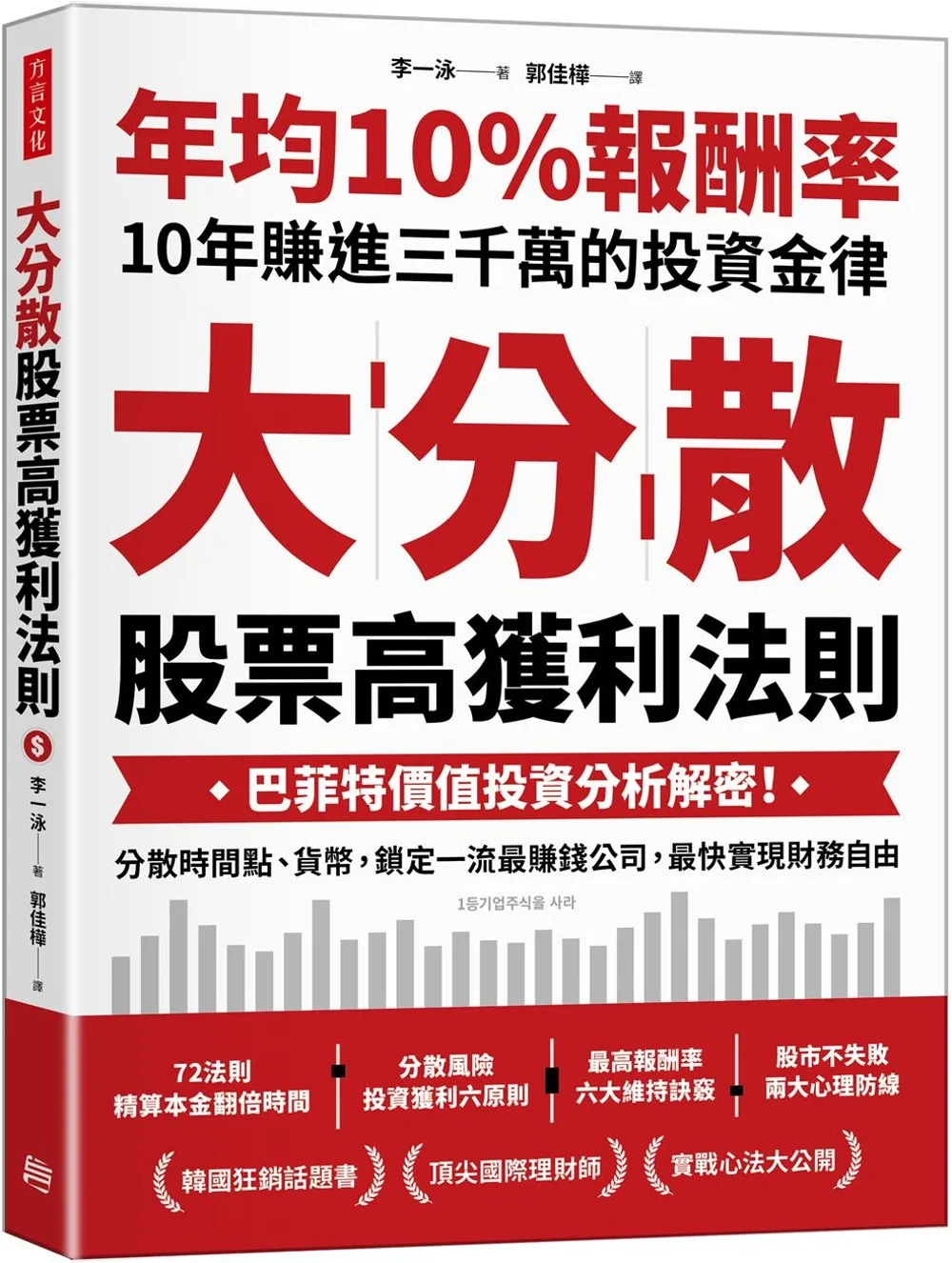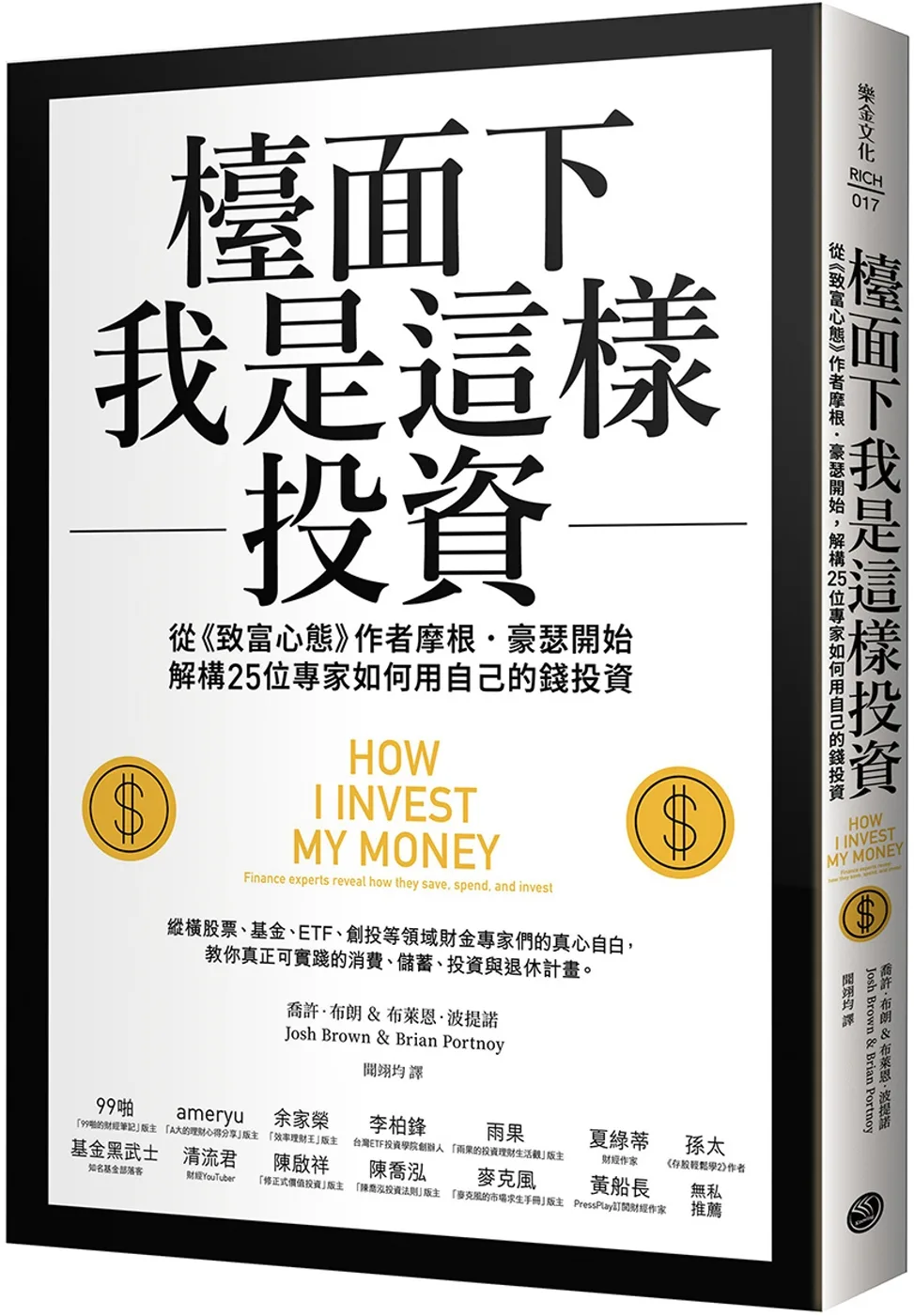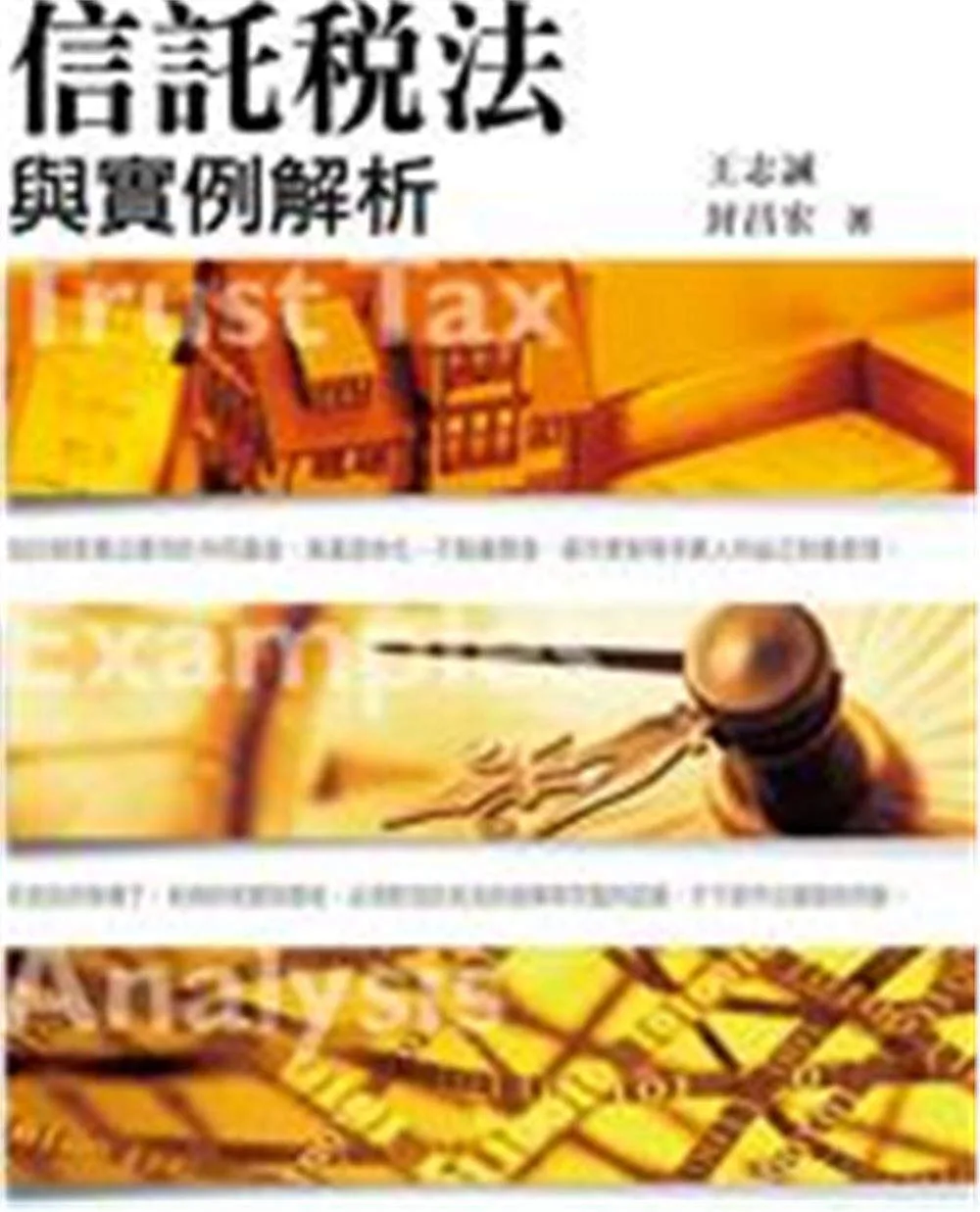QFII, which stands for Qualified Foreign Institutional Investors (合格境外机构投?者), has now been in existence for over 10 years. In 2002, the “Provisional Measures on Administration of Domestic Securities Investments of Qualified Foreign Institutional Investors” was promulgated by China Securities Regulatory Commission (“CSRC”) and People’s Bank of China, which marked the beginning of China’s QFII program.
Since the inception of QFII, 237 financial institutions have received QFII license and US$46.4bn was given out by State Administration of Foreign Exchange (“SAFE”) as of August 2013. The approved quota contributes to around 1.5% of China stock market capitalization.
As the foreign pioneers of China’s securities market and under the guidelines set out by CSRC, QFIIs have been investing mostly in stocks and bonds. However, some QFIIs have expanded their investment portfolio into different asset classes such as private equity and venture capital, while some acquire and form joint venture with Chinese companies. An example of this kind of transaction is the investment of Goldman Sachs and Morgan Stanley, two QFII license holders, in Ping An Insurance (Group) of China in June 1994.
Ping An Insurance (Group) Company of China, Ltd ("Ping An") [2318.HK / 601318.CN] was established in 1988 in Shenzhen. The firm comprises three main business areas – Insurance, Investment and Banking.
• Insurance – Life, Property & Casualty, Annuity, Health
• Investment – Trust, Securities, Asset Management
• Banking – Ping An Bank (Acquired from Shenzhen Development Bank)
As the former Head of QFII Division in Ping An, I had the great pleasure to be part of this financial giant and experienced the ebbs and flows of the economic cycle with the Group. Ping An has also been prudently investing overseas from its first overseas investment in Fortis Investment in 2008. Along with its overseas investment and my role to develop QFII business, I had the opportunity to conduct roadshow in major cities across Europe, the U.S. and key cities in Asia, and to pitch Ping An’s strong capability in serving QFIIs. ?
Based on my experience and discussion with over 200 QFII key executives, they are not only looking for good investment opportunities within traditional asset classes in China, but also actively searching for alternative investments, for instance, private equity, venture capital, merger and acquisition, and joint venture. As far as private equity is concerned, roughly 74% of QFIIs have their in-house private equity team or become a limited partner of private equity funds. For example, OrbiMed Advisors LLC, which received a QFII license in October 2012, had invested in Beijing East Whale Imaging Technology in China in 2012. Meanwhile, some QFIIs, due to foreign restriction in establishing wholly-owned subsidiaries in China, have set up joint ventures with Chinese companies in order to expand their footprints in China. One example is the partnership between UBS and State Development Investment Corporation to establish UBS SDIC Fund Management in 2005.
Given the increasing demand of foreign institutions looking to invest in Chinese private market and a growing number of Chinese companies seeking foreign capital and partnership, I have founded “ChinaQFII Company Limited” with my partners to build up a truly unique and first platform to bridge the two sides – China and the World – hoping to facilitate private market investment and identify attractive investment opportunities.
In order to let interested readers understand the history of QFII, and what kind of investment QFII license holders have made in China, our team has prepared the first publication “China Deals Review” to uncover some of the significant transactions for each QFII licensee. Our team wholeheartedly wishes you enjoy and benefit from reading this book as much as we enjoyed writing it.
William Kwok
Chief Executive Officer
ChinaQFII Company Limited
